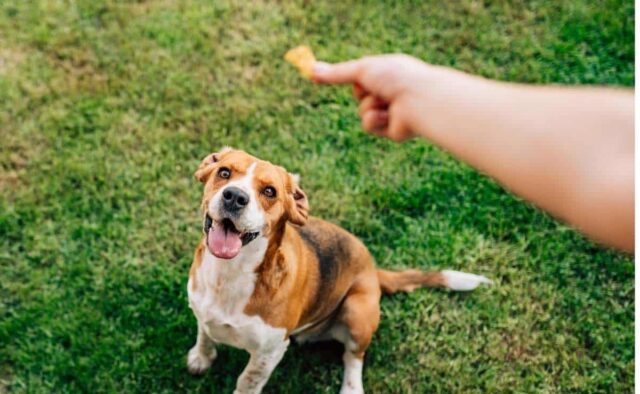
Dogs are one of the most loyal and affectionate pets. They are known for their ability to learn new tricks and commands, making them great companions. Treats play a crucial role in dog training as they are used as rewards to encourage good behaviour.
This article will discuss the importance of treat training, when and how to reward dogs, and what kind of treats to use.
The Importance of Treat Training
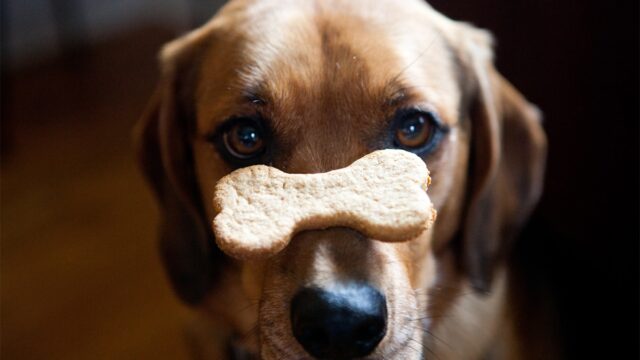
Treat training is an effective way of teaching dogs new commands and reinforcing good behaviour. A positive reinforcement method encourages dogs to repeat the desired behaviour by offering a reward.
Treat training is a great way to build a strong bond between dogs and their owners, as it creates a positive and enjoyable experience for both.
When to Reward Dogs
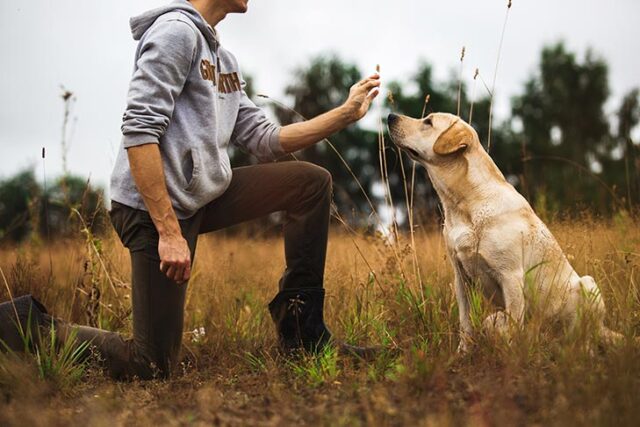
Rewards should be given to dogs immediately after they perform the desired behaviour. This will help them associate the reward with the behaviour and encourage them to repeat it. Timing is crucial in treat training as it allows dogs to understand what they are being rewarded for.
For example, if you teach your dog to sit, you should treat them immediately after they sit down. If you wait too long, they may not associate the reward with the behaviour and may not understand what they did right.
How to Reward Dogs?
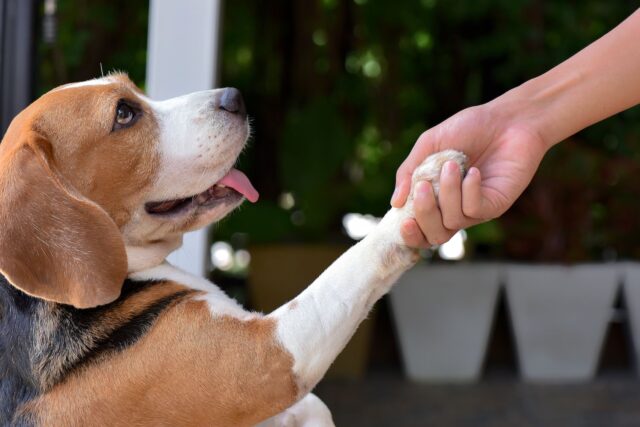
The following are some tips on how to reward dogs during treat training:
- Use a High-Value Treat
Dogs are more likely to perform the desired behaviour if they know they will receive a treat they love. High-value treats are those that your dog finds irresistible, such as boiled chicken or cheese.
- Vary the Treats
To keep things interesting, switching up the treats you use is a good idea. This will prevent your dog from getting bored and losing interest in the training.
- Keep Treats Small
Treats should be small so they don’t interfere with your dog’s appetite. Small treats also make it easier to reward dogs frequently, which is important in treat training.
- Offer Praise
In addition to treats, praise is also an important reward. Dogs love to please their owners, and a simple “good boy/girl” can go a long way.
What Kind of Treats to Use?

Many different types of treats can be used in dog training. Some of the most common include:
- Soft Treats
Soft treats are easy to chew and swallow, making them a great option for dogs with hard treats. They also come in various flavours, making them a versatile option for treat training.
- Freeze-dried Treats
Freeze-dried treats are a great option for dogs who need a strict diet. They are low in calories, and many are made from healthy ingredients like fruits and vegetables.
- Homemade Treats
Homemade treats are a great option for dogs with food allergies or special dietary needs. They also allow you to control the ingredients, ensuring your dog gets a healthy reward.
Factors to Consider When Choosing Treats
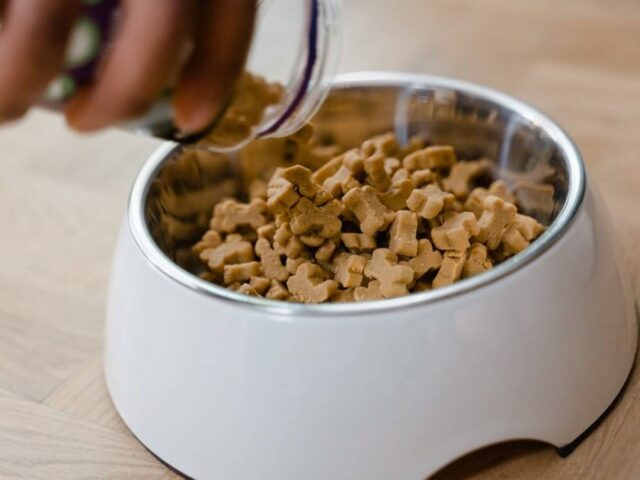
When choosing treats for dog training, it’s important to consider a few key factors:
- Nutritional Value
Treats should be nutritionally balanced and provide essential vitamins and minerals. Avoid treats high in sugar, salt, and artificial preservatives, as they can harm your dog’s health.
- Allergies
Some dogs have food allergies, so it’s important to choose treats free from common allergens like wheat, corn, and soy.
- Size
The treat size should be appropriate for your dog’s breed and size. Smaller dogs will need smaller treats, while larger dogs may need bigger ones.
- Training Goals
The treatment you choose will depend on the training goal. For example, if you’re teaching a complex behaviour, you may need to use high-value treats to motivate your dog.
The Role of Treats in Different Types of Training
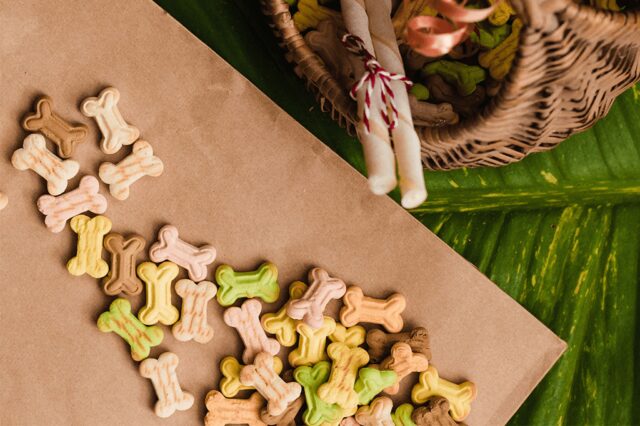
Treats play a different role in different types of training. Here are a few examples:
- Basic Obedience Training
Treats are used to reinforce commands like “sit”, “stay”, and “come”. They help dogs understand what is expected of them and encourage them to repeat the desired behaviour.
- Trick Training
Tricks like “roll over” and “play dead” require more effort from dogs; therefore, high-value treats are often used to motivate them.
- Behaviour Modification
Treats can be used to modify problem behaviours, such as excessive barking or jumping up on people. By rewarding good behaviour, dogs learn what is expected of them and are less likely to engage in problem behaviours.
The Importance of Gradual Weaning
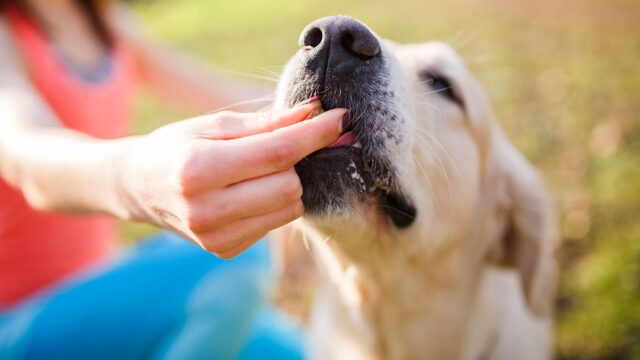
Gradual weaning is gradually reducing the frequency of treats during training. Weaning dogs off treats is important because they should eventually perform the desired behaviour without needing a reward. Gradual weaning also helps to avoid overfeeding and the development of food-related behavioural problems.
To wean dogs off treats, you can gradually reduce the frequency of rewards while offering praise and affection. Over time, you can phase out treats altogether and rely on praise and affection to reinforce good behaviour.
Treat training is an important tool in dog training. It’s important to choose the right treats, consider treats’ role in different training types, and gradually wean dogs off treats as they learn and improve. With the right approach, treat training can be a positive and effective way to teach dogs new behaviours and reinforce good behaviour.
Conclusion
Treat training is a great way to teach dogs new commands and reinforce good behaviour. Along with training sessions, it is also important to take care of the dog’s safety. Buy dog safety products like invisible or underground dog fences from Petstop.com to ensure the utmost safety of your pet.
Rewards should be given immediately after the desired behaviour is performed, and they should be varied and small. Treats should also be accompanied by praise, as dogs love to please their owners.
With these tips, you can create a positive and enjoyable experience for you and your dog during treat training. Please feel free to share your insights regarding the discussion below in the comment section. Also, let’s know which way you follow to take care of your pet.









